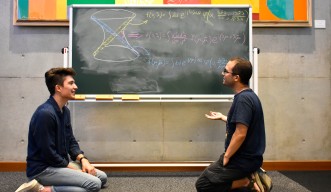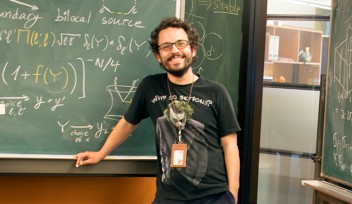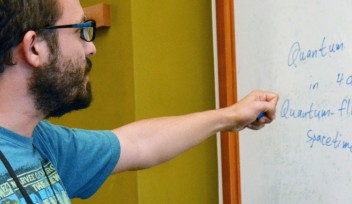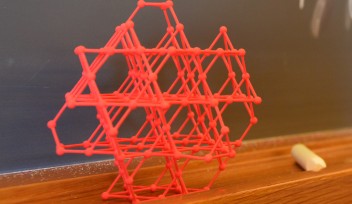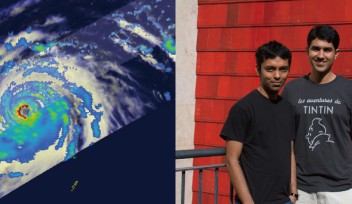Hello, World! A New Approach for Physics in de Sitter Space
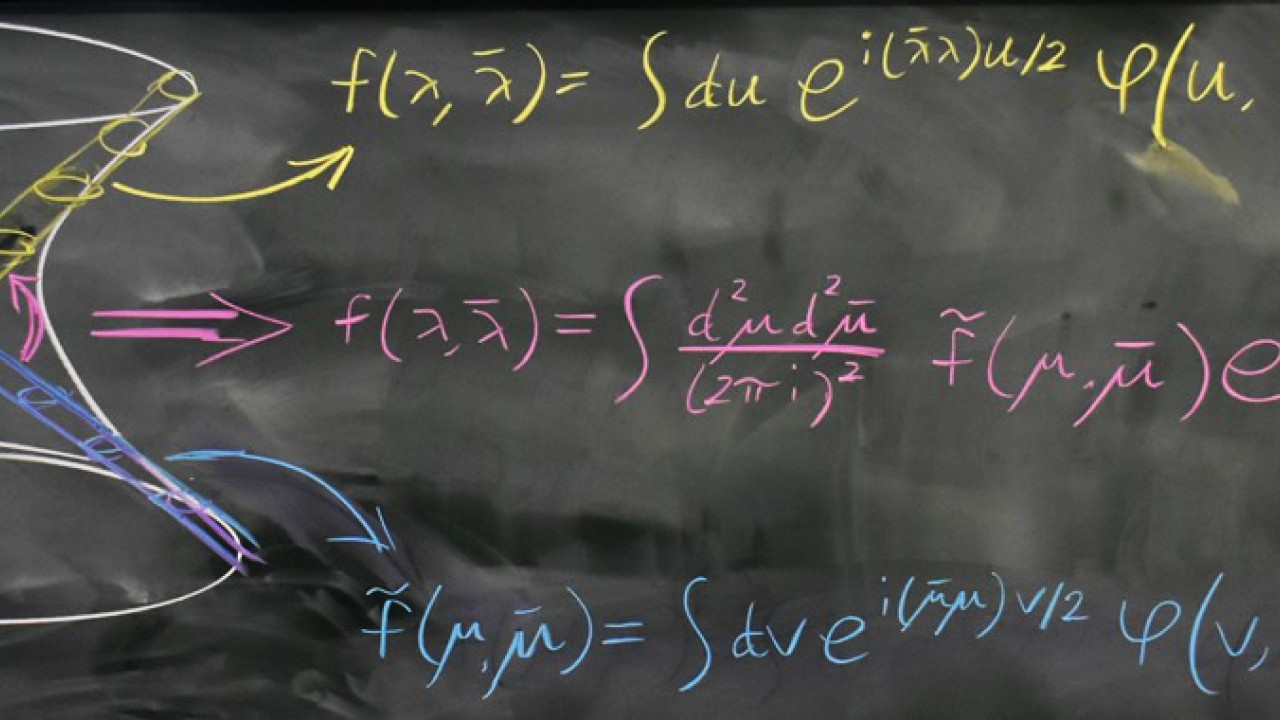
For decades, physicists have been attempting to reconcile quantum mechanics, the physics of the very small, with gravity, the physics of the very large. While many academics are working on quantum gravity, they often use models that don’t consider certain aspects of our own universe, like its accelerated expansion. A team at the Okinawa Institute of Science and Technology Graduate University (OIST) reports a new approach to quantum gravity using a model that more closely matches our reality.
Writing in Physical Review D, the team reports their progress on the scattering matrix for massless fields, or S-matrix, an expression that predicts what will happen when particles at infinitely far distances comes together, interact, and go about their business. In other words, the S-matrix uses starting points to predict outcomes. Importantly, this concept can apply to a de Sitter space, a universe that is expanding at an accelerating rate — just like our own.
In this paper, the team calculates the S-matrix in de Sitter space for the simplest scenario, involving free, non-interacting particles. This expression is known as the free S-matrix.
“The free S-matrix is more than just elegant math — it has the potential to explain more realistic scenarios,” says Adrian David, one of the authors of the study. “We will now start thinking about such scenarios, moving beyond individual fields to explore what happens when those fields interact.”
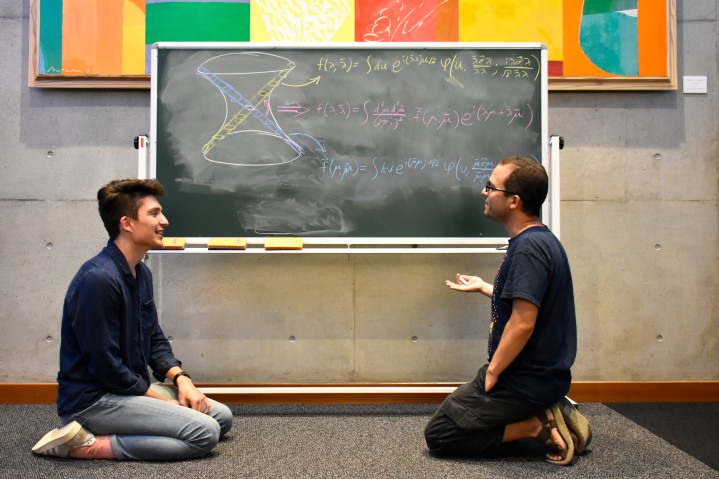
Hello, World!
A “Hello, World!” is a computer program that displays this simple message as an output. It is a test used by software developers to confirm that the underlying programming language is properly working. Developers usually perform this sanity check before using the language in more complex settings with useful outputs. The free S-matrix is like a “Hello, World!” program used to the math in a simple context.
“Like a sanity test in computer programming, the output ‘Hello, World!’ message is less interesting than the underlying language used to create it,” says David. “Likewise, the free S-matrix is less interesting by itself, but more in the questions it might allow us to answer.”
“We are in a universe that is expanding at an accelerating rate, a de Sitter space, and it appears that these conditions are now permanent,” says Professor Yasha Neiman, head of the Quantum Gravity Group. “This information must be incorporated as a cornerstone in our description of reality.”
For now, the team will work on the next step of the problem — applying the free S-matrix to more complicated scenarios that echo reality. Then, they might gain a better understanding — is this simply gorgeous math, or more than just a pretty face?
Specialties
Research Unit
For press enquiries:
Press Inquiry Form










